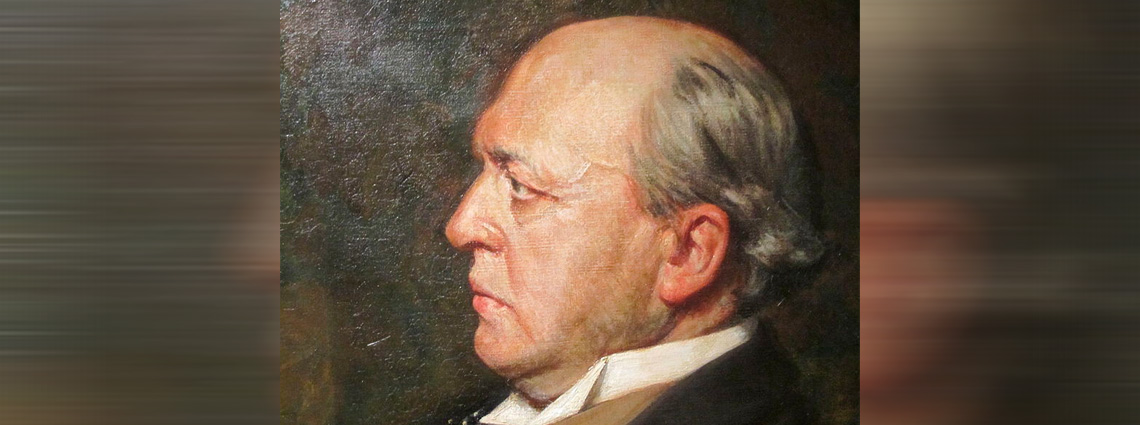Name: Henry James in Literary Contexts, PID PID2019-104409GB-I00
Funded by: Ministerio de Ciencia, Innovación y Universidades
Duration: 01/06/2020-30/06/2023
Main researcher: Julián Jiménez Heffernan (UCO)
Workgroup members:
- Leonor Martínez Serrano (UCO)
- María Valero Redondo (UCO)
Description:
The characterization of Henry James as the Master rests on romantic assumptions of infinite creative freedom. It is thus dismissive of conceptions of literary invention based on imitatio. The fact that the originally dissident tradition of the novel lacked accommodation within the Neoclassical normative system may help explain the absence of considerations of sources and influences in early critical assessments of prose fiction. But this absence remains still very conspicuous today. An example of this neglect can be found in the recent A Companion to Henry James (2014), edited by Greg. W. Zacharias, a collection of essays whose division into two major sections (“Fiction and nonfiction” and “Contexts for reading Henry James”) betrays indifference to literary contexts proper. Indeed, the examination of the literary sources of Henry James’s narratives has never been a critical priority. Expressions of interest in the sources shaping James’s oeuvre were apparently restricted to the province of an old-fashioned critical practice (Leavis, Matthiesen, Edel). It is a mystery why there are already several monographs on the impact of French history, culture and literature in James (by Angus Wren, Peter Brooks, Pierre A. Walker, Jeanne Delbare-Garant, Alberta Farris, Edwin Sill Fussell, Marie Garnier, Philip Grover), while few or no really specific study of the influence of English literature in James has still been written. Moreover, the current productive and often bracing vogue for sociological approaches to narrative texts has somehow contributed to obscure the focus on anomalous inter-textual connectivity that characterized the work of deconstructive hermeneutics (Bloom, De Man, Hillis Miller, Felman, Brooks, Rowe).
The intention to scan the entire English and American literary traditions for anticipations of a putative Jamesian construal of freedom is manifestly unrealistic. We have decided rather to focus on connections that are justified by James’s explicit interest in the authors concerned—namely, Shakespeare, Richardson, Fielding, Gibbon, Emerson, Austen, Dickens and Thackeray. We endorse a poetics of influence that is dominantly deconstructive, no doubt shaped by Bloom’s construal of the anxiety presiding the Oedipal precursor-latecomer rapport among strong writers. The successful testing of this model for Jamesian studies was done by Rowe in his analysis of James’s appropriation of Hawthorne. Still, we will try to qualify the reading protocols of the deconstructive model by reaching out to recent hermeneutic responses to the problem of influence in James studies that seem to us particularly rewarding. In his book on Shakespeare and the Victorians, the great Henry James scholar Adrian Poole examines the broad range of ways in which a Victorian novelist like Dickens is indebted to Shakespeare: “No single metaphor will be adequate to its range and complexity, whether derived from economics, law, physiology, psychology, theology or even literary theory. Think for example (in no particular order) of borrowing, stealing, appropriating, inheriting, assimilating; of being influenced, inspired, dependent, indebted, haunted, possessed; of homage, mimicry, travesty, echo, allusion and intertextuality. All the activities indicated or implied here are important in Dickens’s fiction, and his relations to Shakespeare are no less unconfined” (2). Of all the potential ways of designating the dynamics of influence he so prodigally inventories, the ones that interest us most are “haunted, possessed”. Not only because it hints at a Gothic mode of intelligibility that, in its concession to boundlessness, is characteristically Jamesian, but also because it spells a mode of intertextual doom that doesn’t simply determine James’ relations with precursors (Eliot, Balzac, Dickens) and heirs (Baldwin, Murdoch, Toíbín) but also the spectral bonding his texts establish with the critical texts responding to them. We believe that it is also the responsibility of the critic to identify the “tattered webs” of earlier literary texts that linger more forcefully in James’s text-haunted memory (James, A Small Boy and Others 186).

